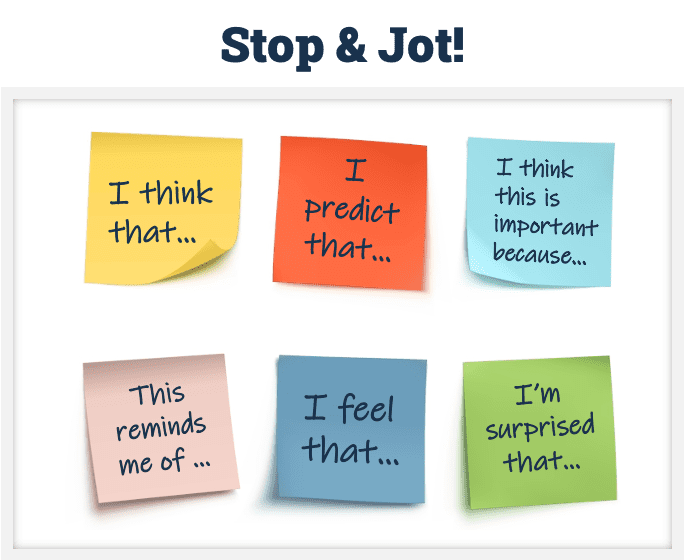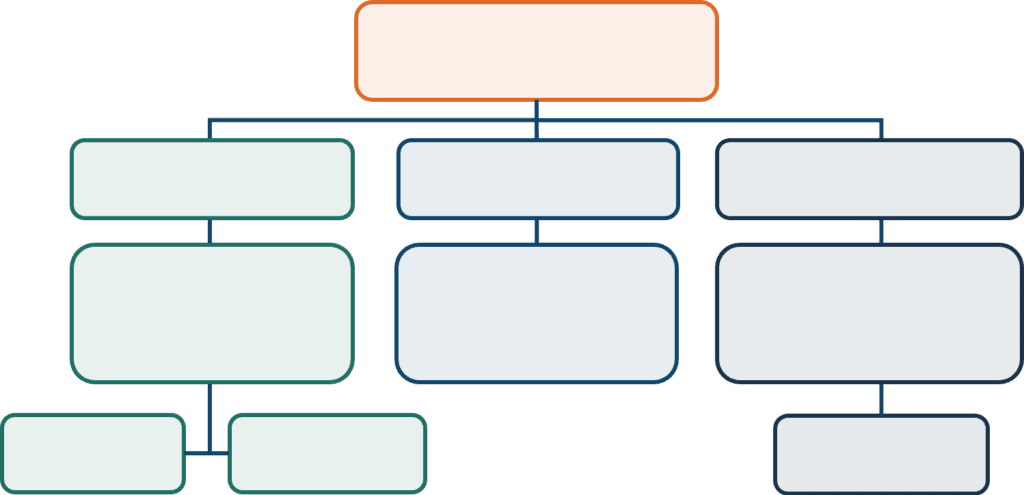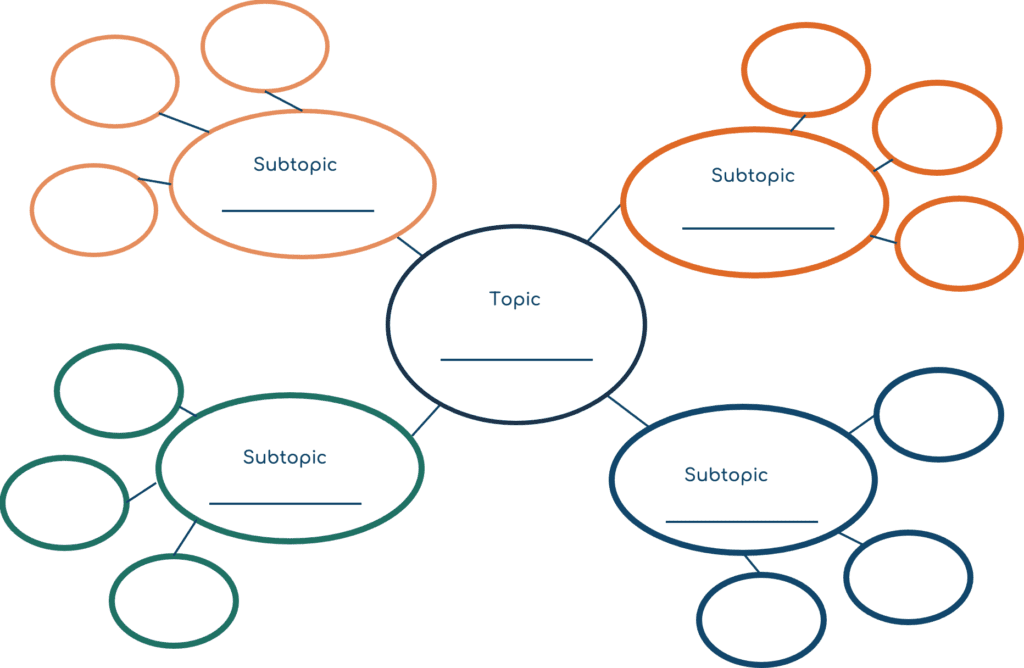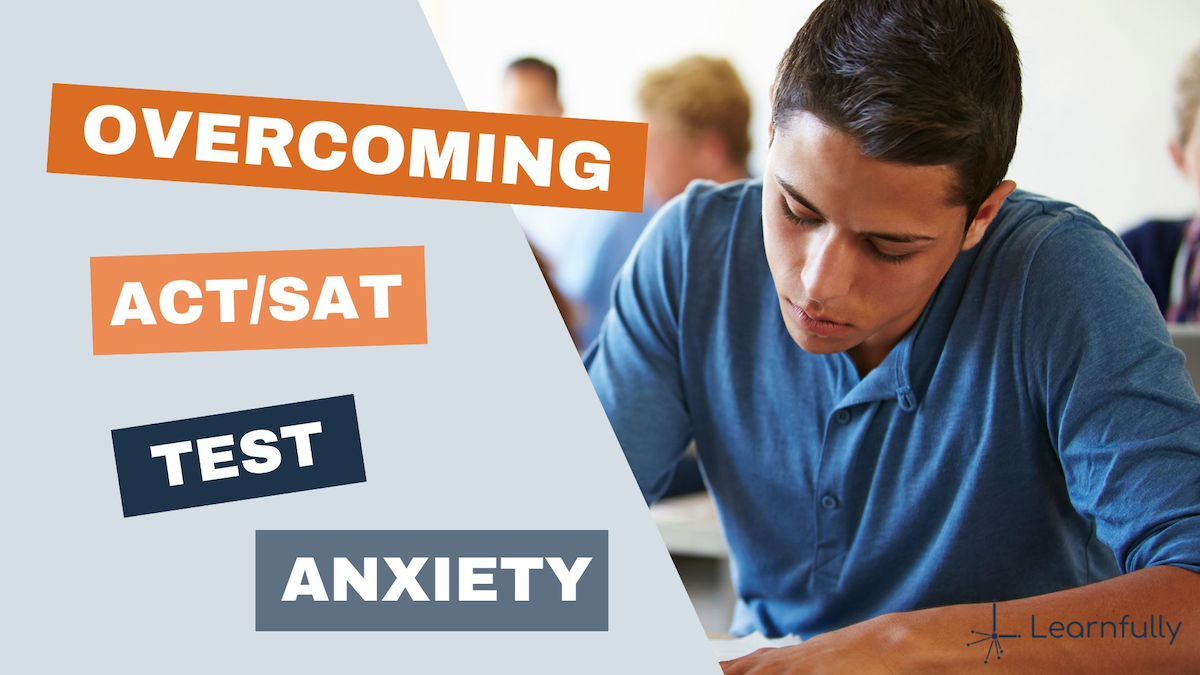Think back (way back for some of us) when you, yourself, were a learner sitting in front of a blank paper in class because your mind went blank. Most of us can relate to the feeling of high level of frustration that writer’s block presents. Well, some learners face that in the classroom environment on a daily basis. Writing is one of the most challenging aspects of learning today. To relieve the pressure, we will explore the elements of prewriting and all that it has to offer.
Brainstorming
Brainstorming is the informal method at which a learner can write any and all ideas they have in the mind on the page. Creating lists or stop & jots can serve as a structured method by which learners can capture their ideas without the pressure of writing down their thoughts in an organized manner. Delineating lists in and of themselves is a great practice to start young as the practice strengthens one’s Executive Functioning skills and releases a bit of tension all at once! Additionally, some educators and parents find success with having a verbal discussion with their learners as a precursor to writing as it allows them to filter their thought process before feeling the finality of putting pencil (or keyboard!) to paper. The learner or the educator can take notes throughout the discussion as a brainstorm too. Lastly, as most would agree, Stop & Jots are a brilliant way for learners to write down a quick thought, connection, question, or otherwise on a post-it that can evolve and move based on where it is most useful. Many teachers find immense value in the use of stop & jots when working on literature study as well as when brainstorming, so give it a try!

Prompts
Another method to reduce unnecessary stress in the beginning stages of writing is to provide learners with sentence starters or prompts to get their creative juices flowing. Sentence starters are transitional phrases (“In this article,…”) or segments of sentences (“then, in turn,…”) that serve as a springboard for learners to dive into initiating their thoughts in written form by providing a frame of reference for them to stand upon. Prompts can be rather engaging, especially when you incorporate exciting ideas for learners to ponder such as their ideal vacation spot, favorite pastime or perfect birthday treat. As an educator myself, I absolutely love to ask my learners (and children) Would you Rather questions at the dinner table because not only do they provide options for the learners to choose from, but they also improve critical thinking skills and allow them to utilize their imagination to respond. Check out conversationstarters.com’s list for ideas, your learners will not be disappointed!
Graphic Organizers
This is probably the most frequently used tool during the prewriting stage of written expression. There are so many outlines to choose from that it is a wonder as to why some learners avoid them at all costs! Even well into adulthood, writers continue to resource graphic organizers as a method to organize their thinking is a low-pressure way. Common outline strategies include concept maps, Venn diagrams, bubble/spider webs, timemap diagrams, hamburger charts…the list seems nearly endless. Acknowledging that various outlines can be used for differing purposes and, therefore, finding what works best for you is key. That way, learners can feel ownership of their prewriting process and lean on what they find effective based on their personal learning style.



In sum, jumping directly into writing a paragraph or an essay can certainly feel daunting for most people. We completely understand the value prewriting can bring to a learner’s final written product and support the use of these tools (and more!) not simply because they organize our thoughts, but mainly because they can drastically reduce unnecessary anxiety and relieve the stress fog that can block beautiful ideas from being expressed in the first place. Brainspill away, learners!











